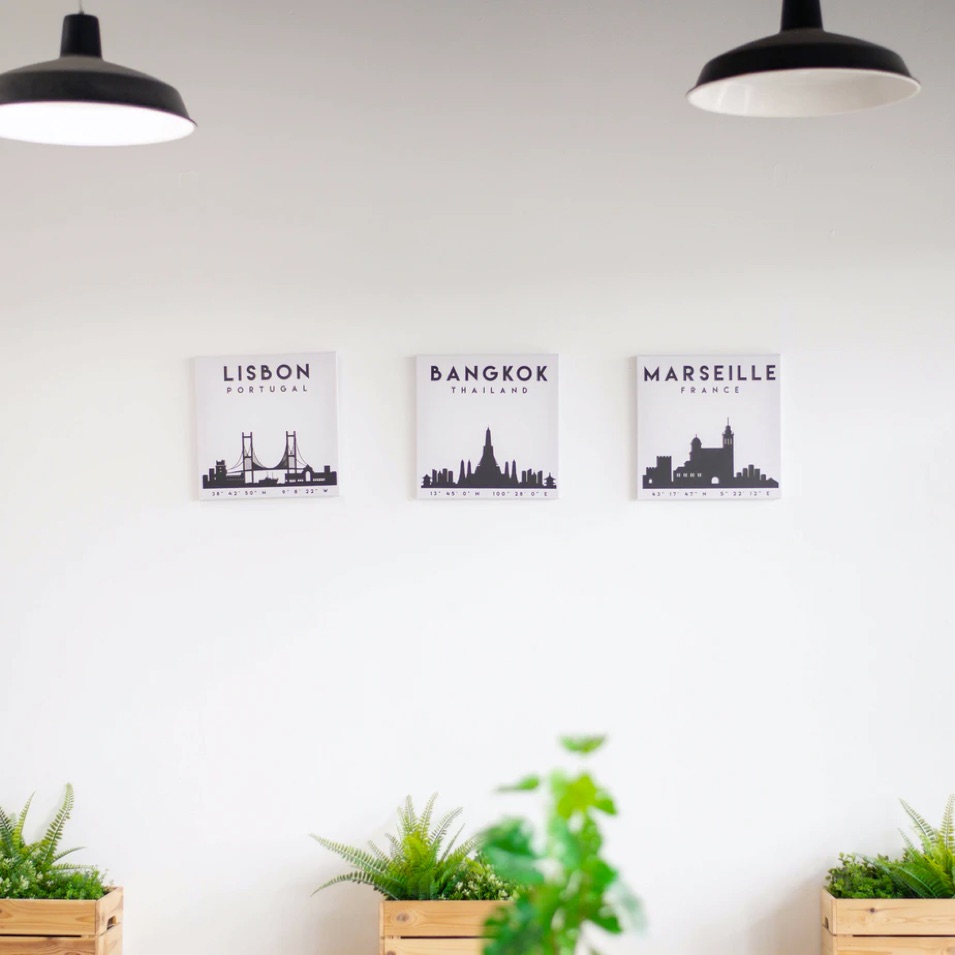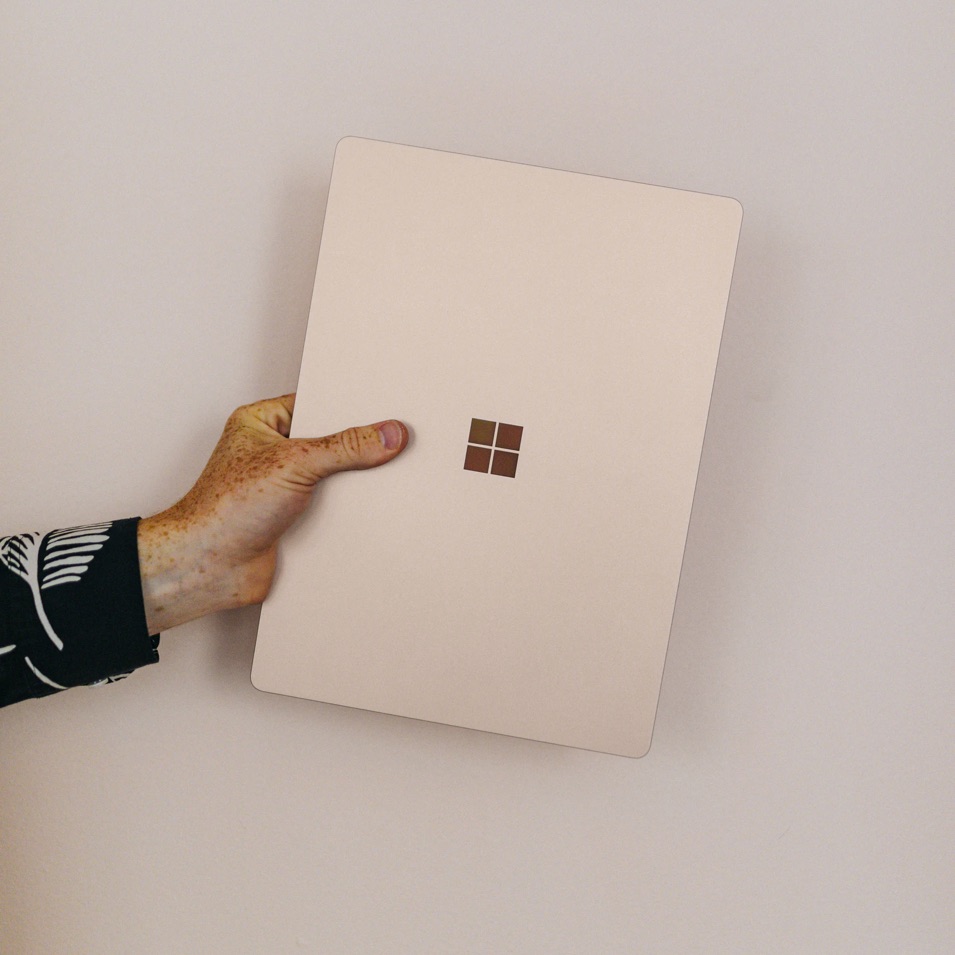CSS3 (Cascading Style Sheets Level 3) is a powerful styling language that enhances the visual presentation of web pages. As an evolution of CSS, it introduces new features that provide greater flexibility, efficiency, and creativity in web design. With CSS3, developers can create visually appealing and interactive websites without relying on excessive JavaScript or images, leading to improved performance and faster load times.
One of the most significant enhancements in CSS3 is the introduction of advanced styling techniques. Features such as gradients, shadows, and border-radius allow designers to create sleek, modern UI elements with minimal effort. Text effects, including custom fonts via font-face and text shadows, enhance typography, making content more readable and aesthetically pleasing across devices.
CSS3 revolutionized responsive design by introducing media queries. These allow developers to create layouts that adapt dynamically to different screen sizes and devices. Whether a user accesses a website on a desktop, tablet, or smartphone, media queries ensure that content adjusts seamlessly, providing an optimal viewing experience. This has become essential in modern web development, especially with the growing use of mobile devices.
Interactivity is a key component of engaging web design, and CSS3 makes this easier with animations and transitions. Keyframe animations enable smooth, complex animations without relying on JavaScript, while transitions allow elements to change properties (such as color, size, or position) smoothly over time. These effects enhance user experience by making interactions more dynamic and visually appealing.
CSS3 introduced two powerful layout models: Flexbox and CSS Grid. Flexbox simplifies alignment and distribution of elements, making it ideal for creating flexible, one-dimensional layouts. On the other hand, CSS Grid is perfect for building complex, two-dimensional layouts with ease. Both tools eliminate the need for float-based layouts and provide a structured, efficient way to design responsive pages.
With CSS3, websites load faster and perform better. The reduction of heavy images and JavaScript in styling helps optimize performance. Modular stylesheets allow developers to organize CSS code more efficiently, improving maintainability and scalability.
CSS3 has transformed web design by offering a range of powerful tools that enhance aesthetics, responsiveness, and interactivity. Its capabilities empower developers to create stunning, efficient, and user-friendly websites that meet modern design standards. Whether you’re a beginner or an experienced developer, mastering CSS3 is essential for building high-quality web experiences.






